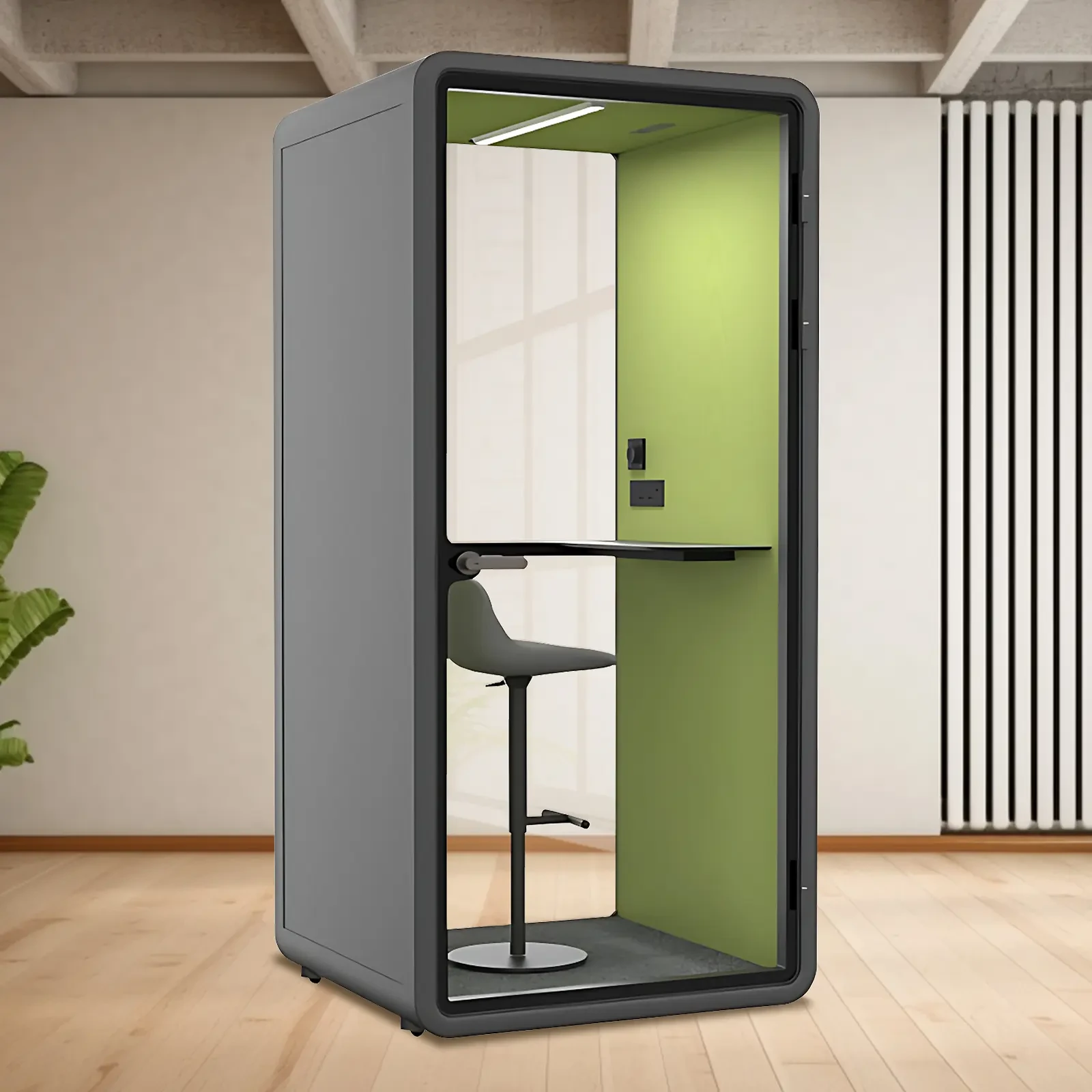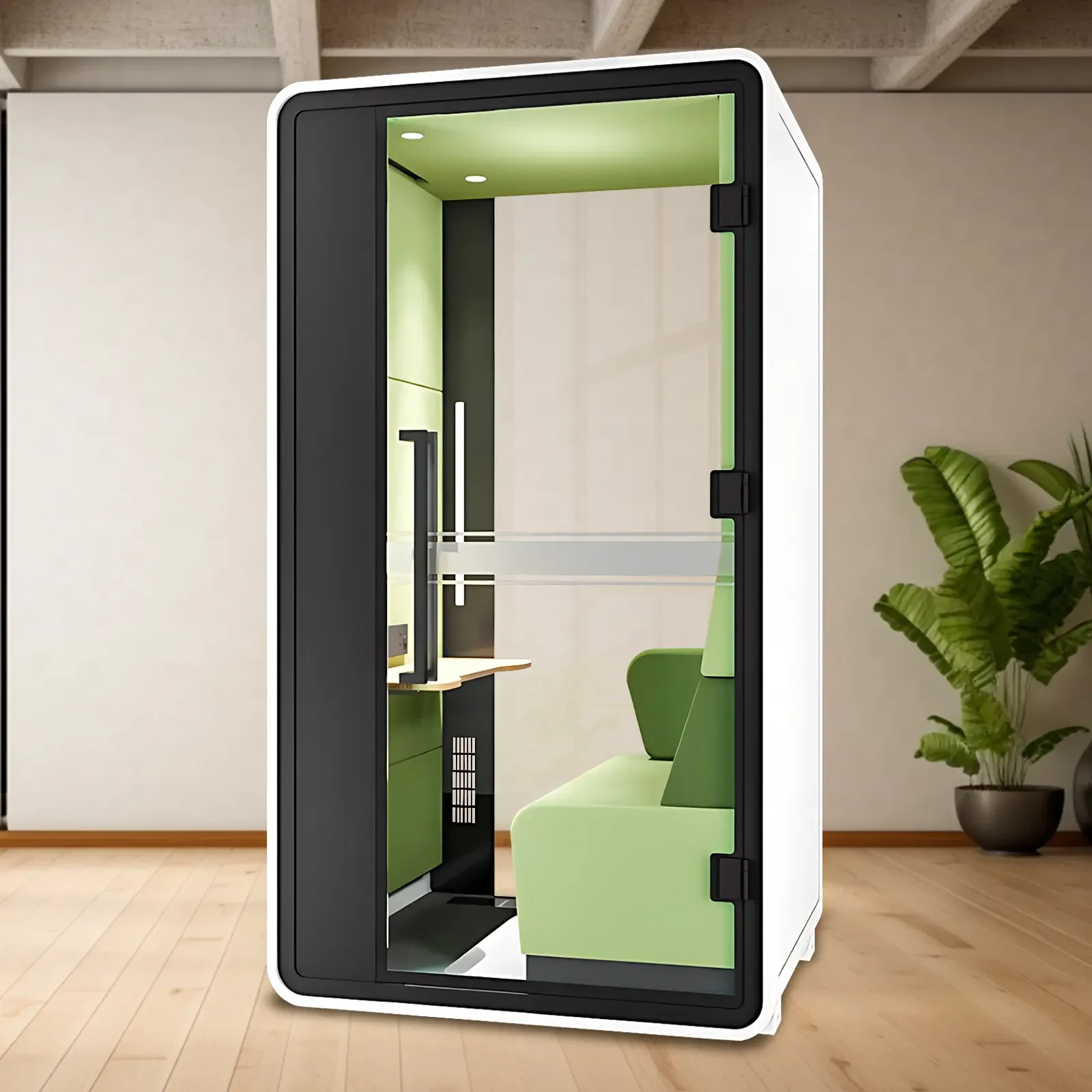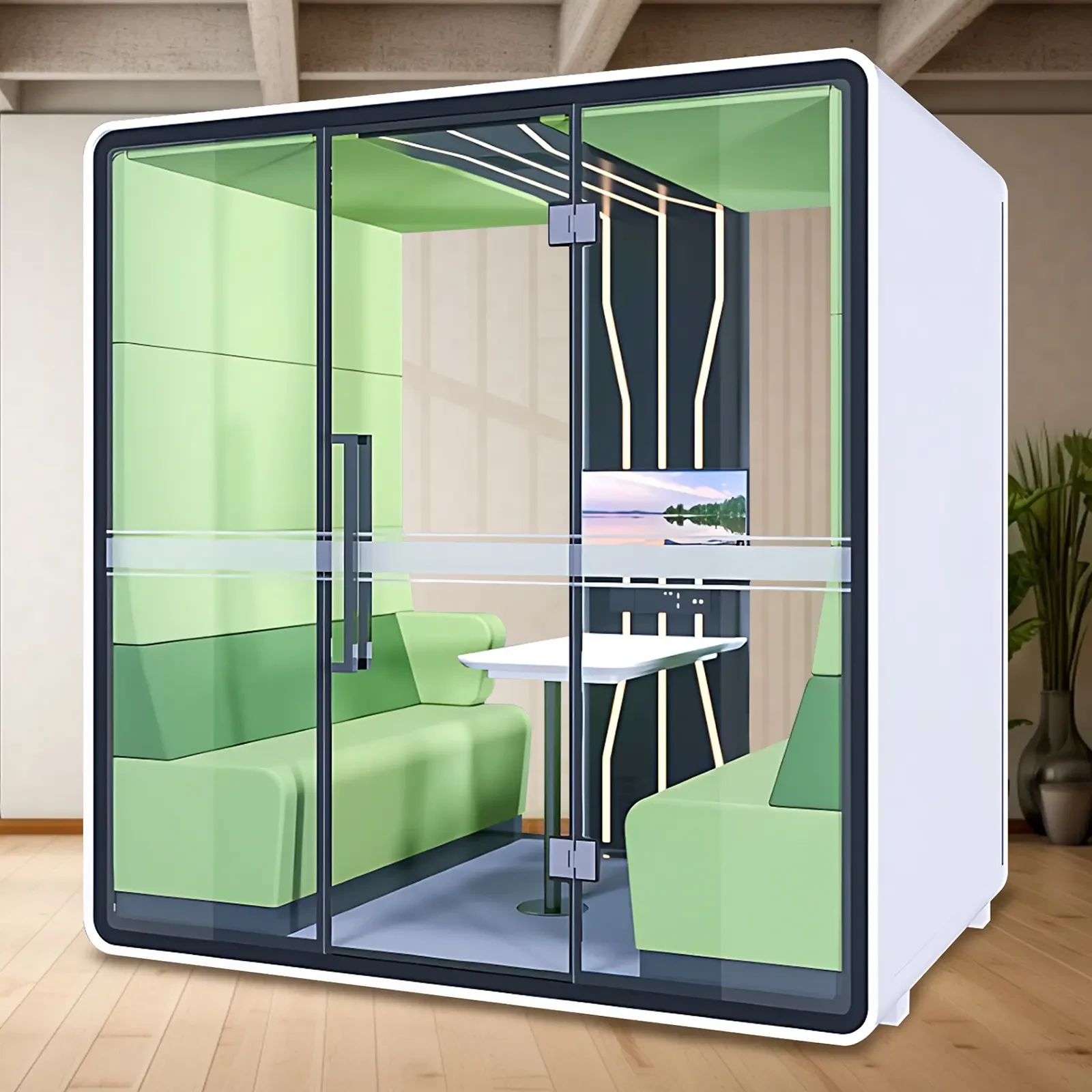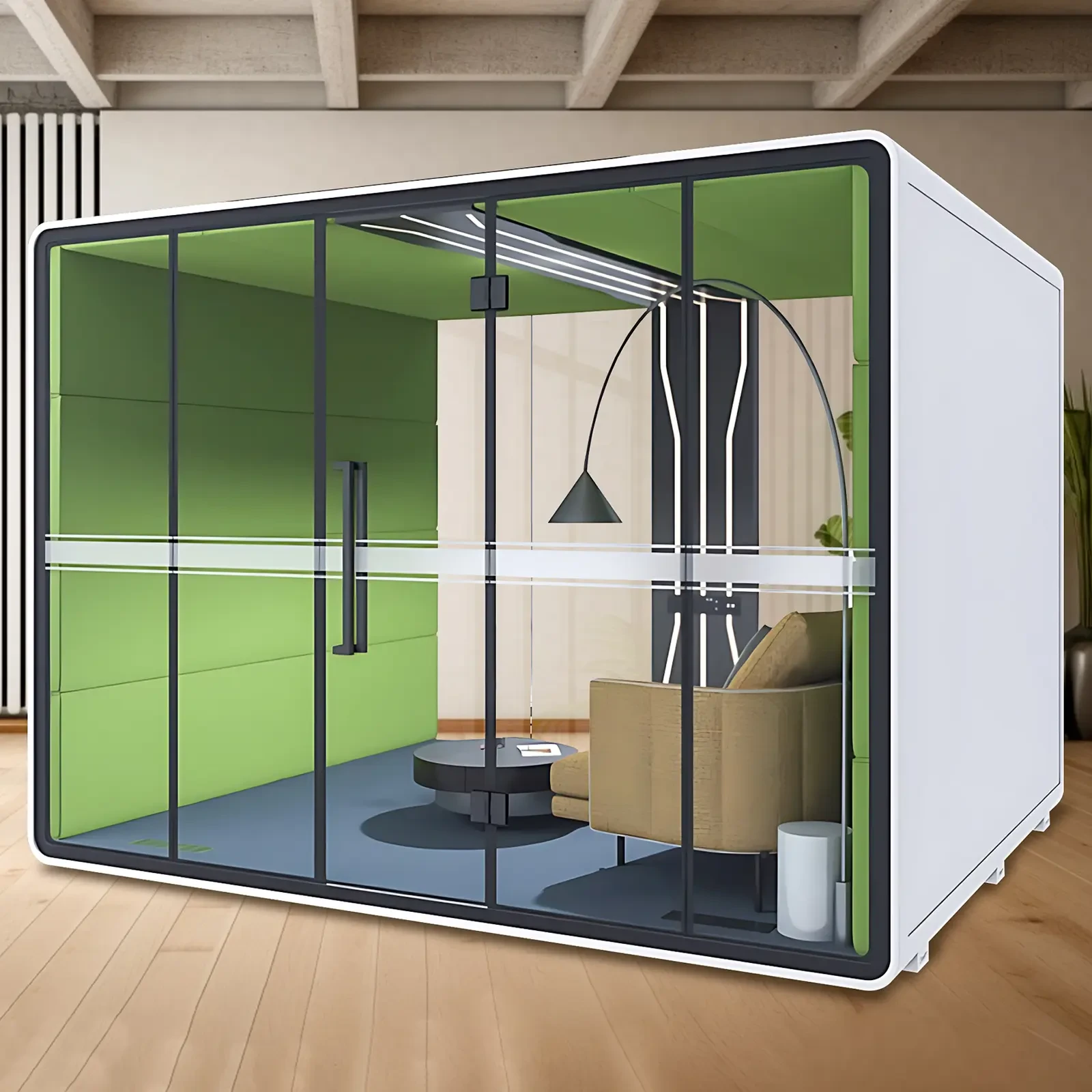In contemporary domestic and professional settings, ensuring comfortable noise levels has become an essential aspect of creating spaces where people can live and work. The fact is that too much noise and the wrong kind of sound can easily invade our lives, disrupting our concentration, hampering our ability to focus, and even compromising our productivity. That makes it all the more important for us to adopt the best insulation for soundproofing and noise-reduction strategies that deal with the problem at its source instead of just throwing a few temporary solutions and hoping it goes away. Whether you want to create a quiet home space, make your workplace more acoustically sound, or enjoy "interruption-free" rest, sound insulation is key.
Insulation Impact on Acoustic Performance
The art and science of soundproofing involve two essential processes: controlling sound waves as they pass through the air and solid structures, and stopping them dead in their tracks when they hit an effective barrier.
Soundproofing insulation is such a barrier and insulation not only limits the amount of sound that gets through from the outside to the inside and from the inside to the outside, but it also works wonders in maintaining the sound that stays inside—for sound recordings, confidential conversations, or any personal or professional reason one would want to soundproof a space.
Unlike some that might fit the definition of making something soundproof, such as a heavy blanket or an area rug (with good sound-deadening qualities), soundproofing insulation works in more ways than one, and it is as good for your ears as it is for your electrical impulse-guided deltoids.
Considerations Before Choosing Insulation
Evaluating the kind of noise problem you have is paramount when deciding which insulation is best for your space. Are you dealing with airborne noise like voices or music that travels through the air? Or is your problem with structure-borne noise, like the sounds made by machinery or the vibrations from the footsteps of people moving around? Insulation for structure-borne noise is usually heavier, denser, and installed in a way that makes it act more like a damper than a regular soundproofing material.
Insulation for airborne noise is often lighter and better at redirecting sound waves away from the insulated space, and it works best when it's just plain installed properly. Airborne soundproofing works by keeping sound from getting into the space; structure-borne soundproofing works by keeping the sound from traveling through the materials of the space.
Benefits of Acoustic Insulation
Investments in top-notch insulation reap rewards beyond the merely acoustic. The best such materials are dense enough to muffle sound from noisy neighbours, heating-and-cooling systems, and other raucous indoor activities. These materials are also much more thermally efficient than common indoor finishes; they save energy in the summer and winter, keeping heating and cooling in their respective zones and saving the user money. And unlike many other energy-saving devices, the payback period on quality insulation is often exceeded by the duration of the materials' lifespan.
Health Advantages and Comfort
Effective insulation isn't just about making a place more comfortable; it's also about making it healthier. Some insulation materials are better than others at reducing noise, and insulation of any kind has an impact on noise, but when it comes to soundproofing—a term that's often misused or overused—some materials are simply better than others, and some approaches are better than others.
Since the most disruptive noises tend to be low-frequency sounds that travel through walls, floors, and ceilings, the best insulation for soundproofing will block those low-frequency waves.
Evaluating Long-Term Value and Sustainability
When putting money into best insulation for soundproofing, it's vital to think about not only the instant noise-reducing benefits but also the durable, maintainable, and eco-friendly way the insulation is going to part with your acoustic dollars over the next 20 or so years.
The truth is that sustainable insulation made from mostly recyclable, mostly eco-friendly materials can cut your carbon footprint way back, even as it offers excellent performance in the acoustics department. Furthermore, insulation that lasts cuts down on how much you're reinvesting in the future.
Making the Right Choice for Lasting Peace
In the end, choosing the best insulation for soundproofing requires close contemplation of several factors: the kind of noise, the quality of the installation, and the insulation's long-term payoffs. These three together dictate the insulation's overall effectiveness and the occupants' satisfaction with it as a solution.
A chosen system that is also well-installed can shut off some kinds of sound and can change the character of others. When this happens, the occupants experience a profound change in their immediate environment and, one might argue, in their lives.
The Freestanding Soundproof Booth is an attractive, freestanding structure. It has a black-and-white frame, a wood-toned table, and a multi-layer acoustic structure. The panels are double-glazed, and the soundproofing cotton, also known as "dense soundproofing material," does the same as acoustic foam, even better. Taken together, these elements offer a 25–35 dB noise reduction, which means that if only sounds that humans can hear were coming from inside or outside the booth, a person in either location would struggle to hear anything coming from the other side.
Recommendation
If you want the best insulation for soundproofing, look no further than X-comfot, as we combine advanced acoustic science with materials engineering to produce premium-quality products that work. Whether you need sound control in a residential, commercial, or professional setting, X-comfot has something in its lineup that can be tailored to your specific needs.

 USD
USD
 GBP
GBP
 EUR
EUR






